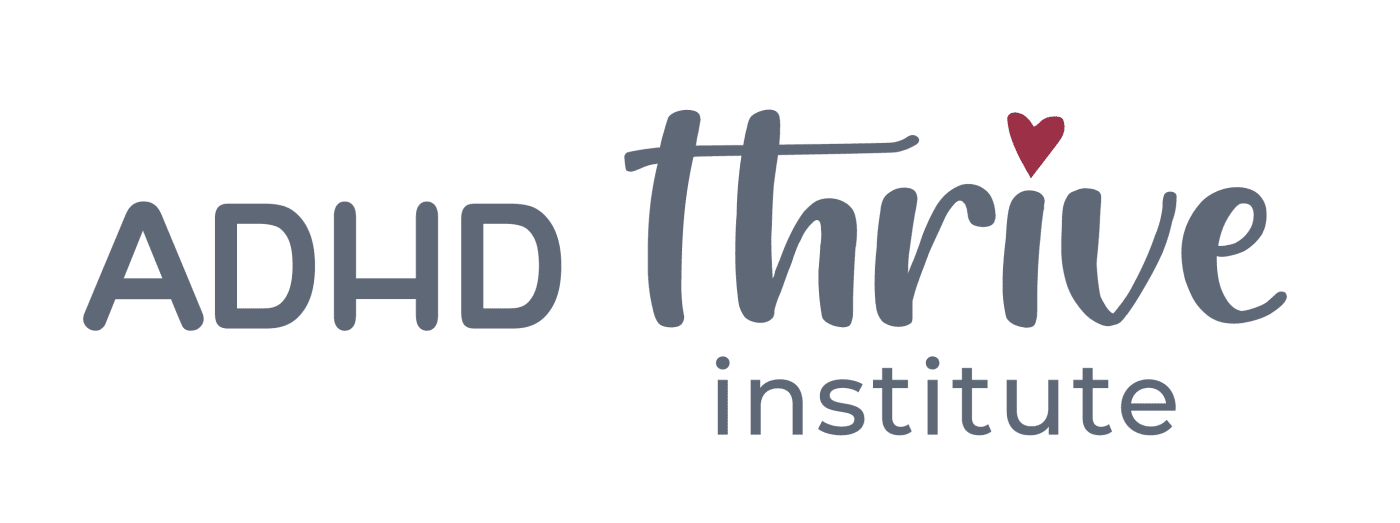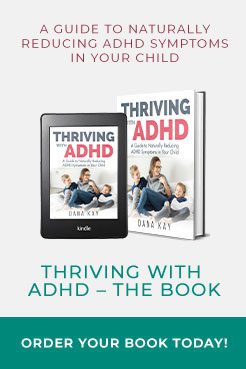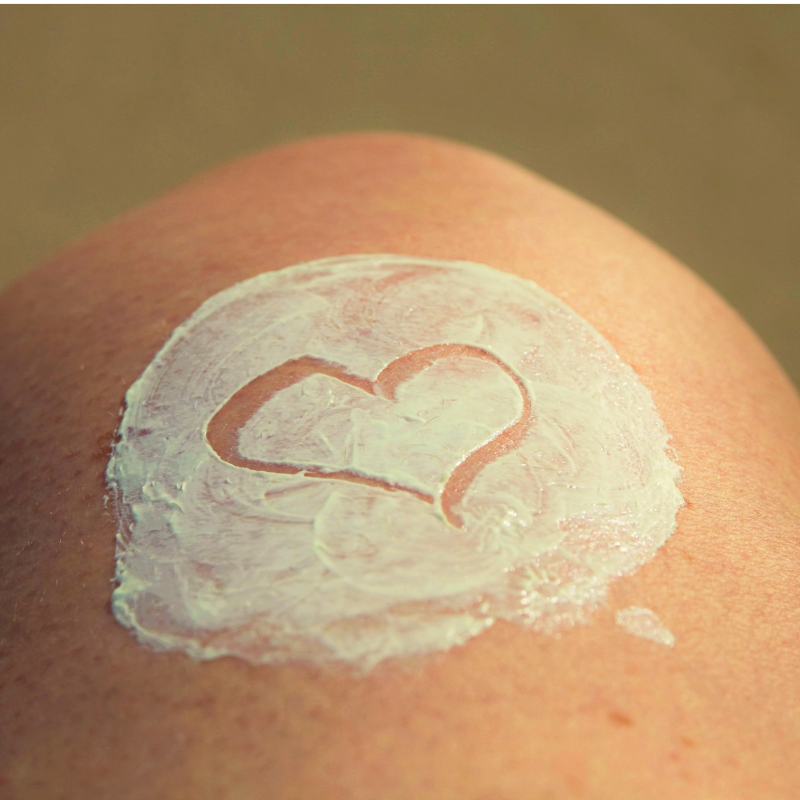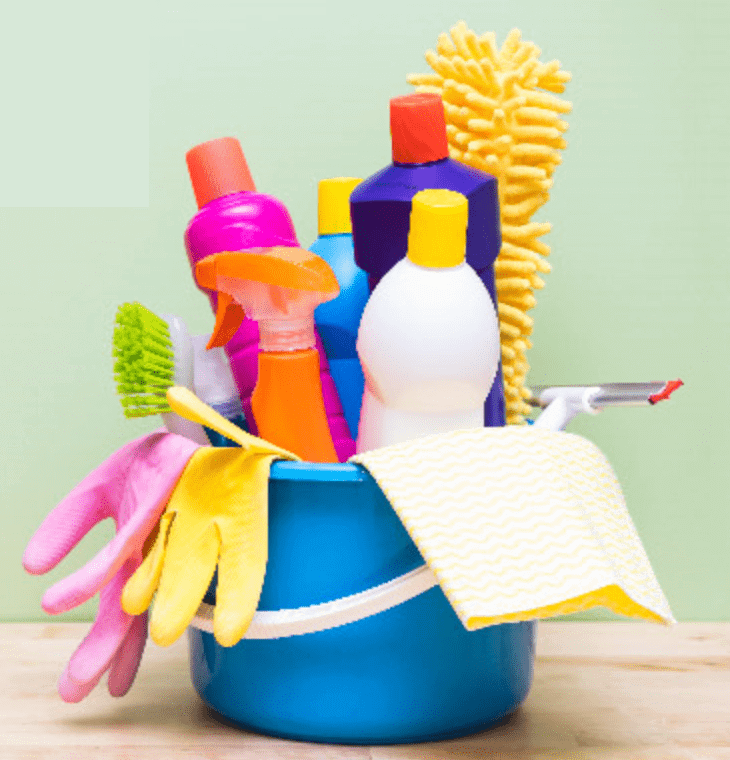The Environmental Working Group (EWG) recently released their annual “Dirty Dozen” and “Clean 15” lists for 2023.
These lists help consumers make informed choices about the produce they buy and eat, based on pesticide residue levels.
The Dirty Dozen list consists of the 12 fruits and vegetables with the highest pesticide residue levels.
Topping the list this year are strawberries, followed by spinach and kale.
Other items on the list include nectarines, apples, grapes, peaches, cherries, pears, blueberries, and green beans.
There was a recent study that the EWG shared, and it revealed that 90% of non-organic blueberries tested positive for pesticide residues.
One sample even contained 17 different pesticides on a single blueberry sample!!
17!!
Strawberries are EVEN WORSE!
99% of strawberries had pesticide residues, and up to 22 different pesticides were found on a single sample.
YUCK! I tell all of my clients that if a food is on the Dirty Dozen List, you NEED to buy organic because these fruits and vegetables have shown to be the most contaminated with harmful pesticides.
The foods on the Clean 15, though, don’t necessarily need to be organic.
Everyone’s budget is different. Some families can afford to buy all organic (and if this is you, that’s great! Keep it up!) But others can’t. And that is totally okay!
Stick to organic when you purchase foods on the Dirty Dozen list, but don’t worry if you don’t buy organic for the foods on the Clean 15.
The Clean 15 list consists of the 15 fruits and vegetables with the lowest pesticide residue levels.
This year, the list includes avocados, sweet corn, pineapples, onions, papayas, sweet peas (frozen), asparagus, cabbage, kiwi, mushrooms, mangoes, sweet potatoes, honeydew melon, carrots, and watermelon.
While buying organic is always a good option, these items are considered safe to purchase conventionally grown.
The release of the Dirty Dozen and Clean 15 lists each year raises important questions about the impact of pesticides on human health.
While the levels of pesticides found on conventionally grown produce may be within legal limits, some studies have suggested that even low levels of exposure can have negative effects on health, particularly in children and pregnant women.
Additionally, the use of pesticides can have negative environmental impacts, including harm to pollinators such as bees and other beneficial insects, as well as contamination of soil and waterways.
By making informed choices about the produce we buy and eat, we can reduce our exposure to harmful pesticides and support environmentally sustainable agriculture. Choosing to buy organic or opting for items on the Clean 15 list can be a good place to start, but there are other steps we can take as well.
For example, consider shopping at farmers markets or joining a community supported agriculture (CSA) program to support local, sustainable agriculture. Growing your own produce can also be a great option, even if it’s just a few herbs on a windowsill or a small vegetable garden in the backyard.
Finally, it’s important to support policies that prioritize sustainable agriculture and reduce the use of harmful pesticides. This can include supporting organic agriculture programs and advocating for stricter regulations on pesticide use.
The release of the 2023 Dirty Dozen and Clean 15 lists serves as a reminder that we have the power to make informed choices about the food we eat and the impact it has on our health and the environment.
By taking small steps to support sustainable agriculture and reduce our exposure to harmful pesticides, we can make a big difference, not only in our family’s health, but also in society at large.
Want to know more about how we can help YOU get to a place of peace and calm with your child using natural strategies?
Let’s talk!
with one of my expert team members to help you take your next step toward a healthier, happier home. There is absolutely NO RISK. It’s free, and there are no obligations. All we will do is chat about how we can help you get to where you want to go!
Alternatively, for more details about how you can help reduce your child’s ADHD symptoms, sign up for my today
And as always, I am not a medical doctor and the above post is based on my experience. No information on this site should be relied upon to make a medical diagnosis, treat, prevent or cure any disease or medical condition.







